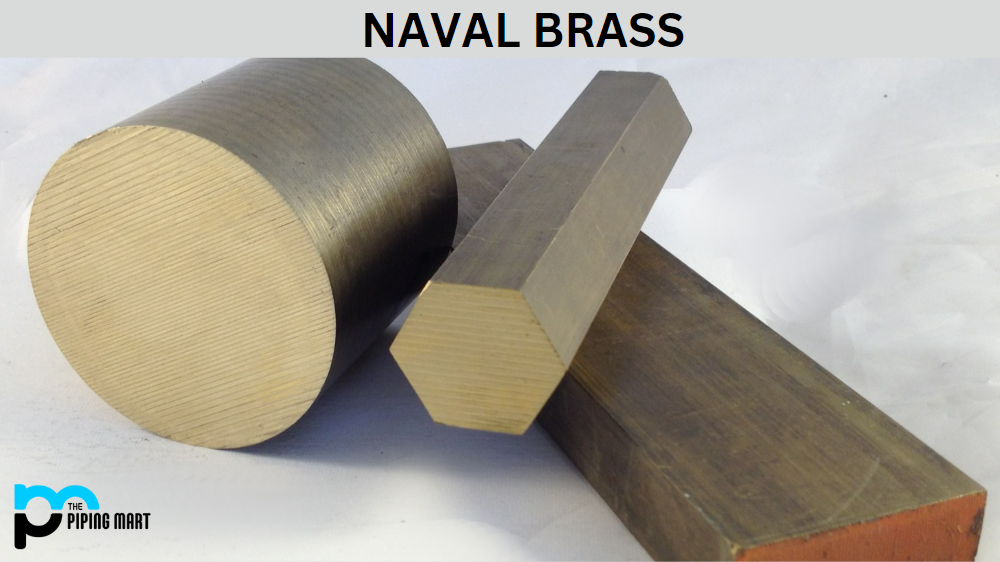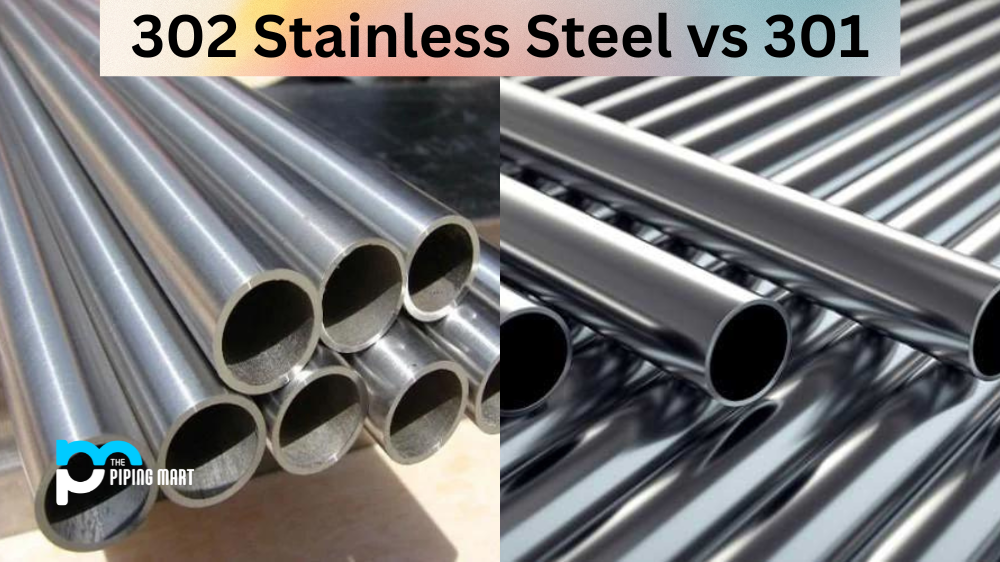Naval brass is an alloy of copper and zinc that has long been used in marine applications due to its high corrosion resistance. It is known for its strength, durability, and excellent machinability. From fishing vessels to military ships, naval brass can be found in a variety of applications in the maritime industry. Let’s take a closer look at this unique alloy and its use.
Composition and Properties
Naval brass is an alloy composed of between 57%-60% copper and 39%-40% zinc. This combination gives the alloy excellent corrosion resistance, which makes it ideal for use on ships where salt water exposure can damage other materials such as steel or aluminium. Naval brass also has excellent thermal conductivity, which makes it ideal for heat exchangers and condensers. Additionally, naval brass has good wear resistance, which further enhances its usefulness in various marine applications.
Chemical Composition
Naval brass is an alloy of copper, zinc, tin, and lead. The exact composition of naval brass varies depending on the desired properties, but it typically contains between 60-70% copper, 30-40% zinc, 1-3% tin, and 0-2% lead.
Physical Properties
Naval brass has a yellowish colour and a high corrosion resistance. It is also a very strong and ductile metal, meaning it can be easily formed into shapes while maintaining its strength.
Advantages
The main advantages of naval brass are its strength, ductility, and corrosion resistance. Its high copper content also makes it an excellent conductor of heat and electricity.
Disadvantages
The main disadvantages of naval brass are its high cost and tendency to discolour when exposed to air or water.
Uses
Naval brass has a number of uses in the maritime industry, given its strength and corrosion resistance properties. Ship hulls are often made from naval brass because the material can withstand harsh weather conditions, such as strong winds and rough waves, without corroding or degrading over time. Additionally, naval brass can be found on many ships in the form of propellers, shafts, rigging fittings, fasteners, valves, pumps, deck hardware, portholes and other fixtures due to its strength and ability to resist corrosion from contact with saltwater. Naval brass is also very popular in plumbing applications due to its durability and resistance to corrosive elements like chlorine that may be present in tap water or swimming pools. Naval brass is primarily used in the maritime industry due to its excellent resistance to corrosion from salt water. It is also used in various other applications where corrosion resistance and strength are required, such as in musical instruments, architectural hardware, and industrial valves.
Conclusion:
Naval brass is an incredibly versatile material with many uses thanks to its unique composition that allows it to resist corrosion from saltwater exposure while retaining good strength properties. It can be found on ships worldwide in hulls, propellers, shafts, fittings and more due to its ability to withstand harsh weather conditions. Its excellent machinability properties make it easy to work with during construction processes. Additionally, naval brass is increasingly used in domestic plumbing applications due to its corrosion-resistant nature when exposed to chlorine or other corrosive elements like sulfuric acid in tap water or swimming pools. Overall naval brass is an invaluable material that will continue being widely utilized within the maritime industry for years to come!

Abhishek is a seasoned blogger and industry expert, sharing his insights and knowledge on various topics. With his research, Abhishek offers valuable insights and tips for professionals and enthusiasts. Follow him for expert advice on the latest trends and developments in the metal industry.




